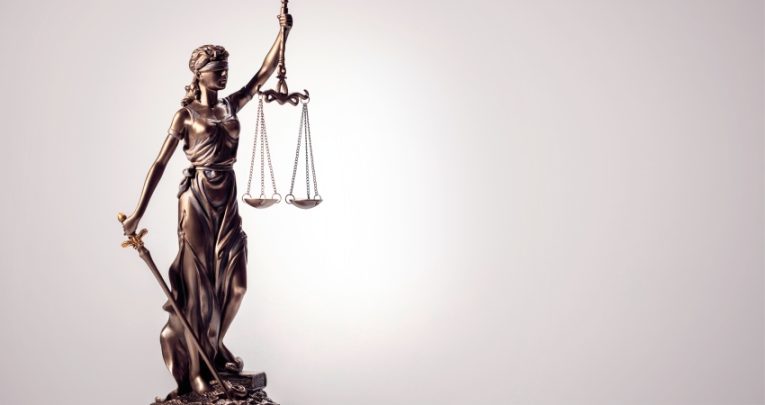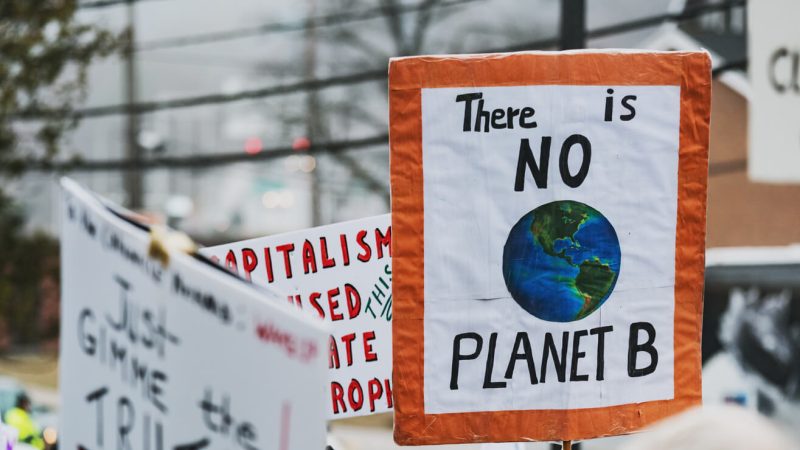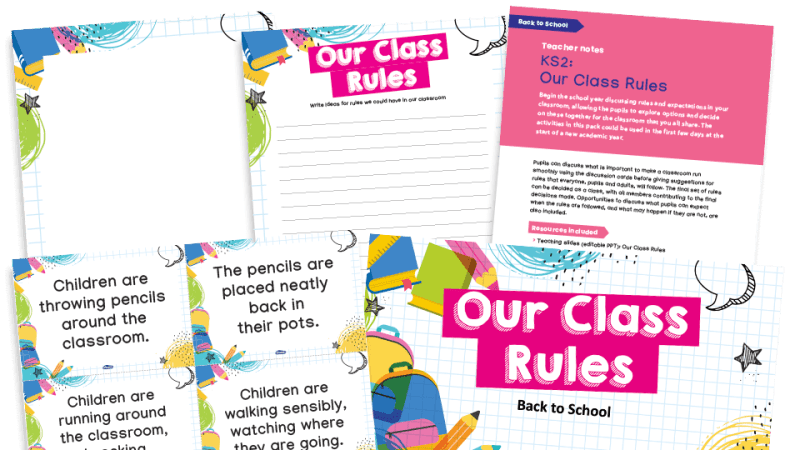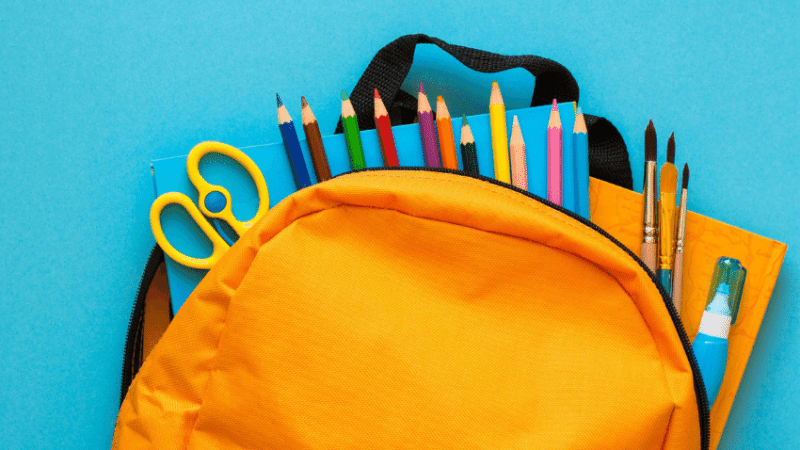Michaela Community School prayer ban – How it affects your school

After Michaela Community School’s recent High Court victory, what are the implications of schools now being able to impose ‘prayer bans’?

There have arguably been few legal tightrope walks quite as challenging or divisive as the recent High Court case involving London’s Michaela Community School prayer ban.
The case threw up numerous questions regarding how far schools can go to restrict religious expression in the promotion of strict social and disciplinary values. At the same time it did not quite provide the concrete answers that other headteachers might have hoped for.
Expression versus ethos
The Michaela Community School prayer ban case involved a pupil who is a practising Muslim. It focused on the Duhr or Zuhr prayer, which Muslims should undertake when the sun is at its highest point.
From late September until the end of March, this part of the day overlaps with the school’s allocated lunch break.
Consequently, the pupil felt she should be able to perform prayer during this 25-minute ‘free’ period of time. No challenge was made concerning her inability to attend prayers at other times.
The school, however, argued that this contravened its ‘disciplinary’ and ‘team’ values. Compared to other schools, Michaela applies both of these in a very strict manner.
The school’s team ethos is reflected in a ‘family lunch’. Here, groups of six pupils lunch together with a teacher or visitor.
The school also has a practice of ‘guided socialisation’ within the schoolyard. Under the latter system, teachers ensure no one is left out of conversations and play activities.
This is in order to foster positive social integration within the context of an inner-city location. The school has a high percentage of pupils receiving free school meals.
Michaela Community School prayer ban
A formal Michaela Community School prayer ban was introduced in March 2023. A series of troubling incidents following pupils praying in the schoolyard, in view of passers-by, prompted the ban.
These incidents included a fake bomb threat, a brick thrown through a window and glass bottles thrown into the schoolyard.
Legal arguments
Despite arguing that the ban breached Article 9 of the European Charter on Human Rights – which allows freedom of thought, conscience and religion – the High Court held that there was no interference, given this was not an absolute right, but a freedom to do so.
The court placed considerable reliance on the fact that the pupil enrolled in a secular school that she knew would provide restrictions on her ability to manifest her religion.
Trending
There was no evidence that she couldn’t move to another school which would have allowed her to pray. For similar reasons, the court rejected the claim that the ban amounted to indirect discrimination under the Equality Act.
Although the Court accepted that there was a detriment to the pupil, it ruled that the decision wasn’t discriminatory because it was proportionate to achieving a legitimate aim. It further judged that the governing board had not breached the public sector equality duty.
Considerations for other schools
Given the nature of Michaela Community School’s very specific operation, this case doesn’t give carte blanche freedom for schools to restrict their pupils’ ability to pray.
The court attributed particular merit to Michaela’s unusually specific ethos and way of working, which meant pupils were not actually as ‘free’ at lunchtimes as they would be in most schools.
Tied in with the practical challenges of having a group of pupils pray separately, the court ruled the ban as proportionate.
While some may be surprised that this case wasn’t regarded as a detriment under human rights law, it does follow a similar line of school-related cases.
The 2006 case, R/Begum v. Headteacher and Governors of Denbigh High School, for example, concerned uniform and the wearing of the jilbab. There, the court similarly ruled there was no Article 9 interference if a pupil could move to another school.
Broadly speaking, however, school leaders should be cautious of banning pupils from taking part in prayer unless there are very good reasons to do so.
These may include the practical arrangements for prayer not being possible, or being able to demonstrate how such practices aren’t co-operative with specific values exercised by the school over a sustained period of time.
Philip Wood is a Senior Associate at the law firm Browne Jacobson; for more information, visit brownejacobson.com or follow @brownejacobson.











